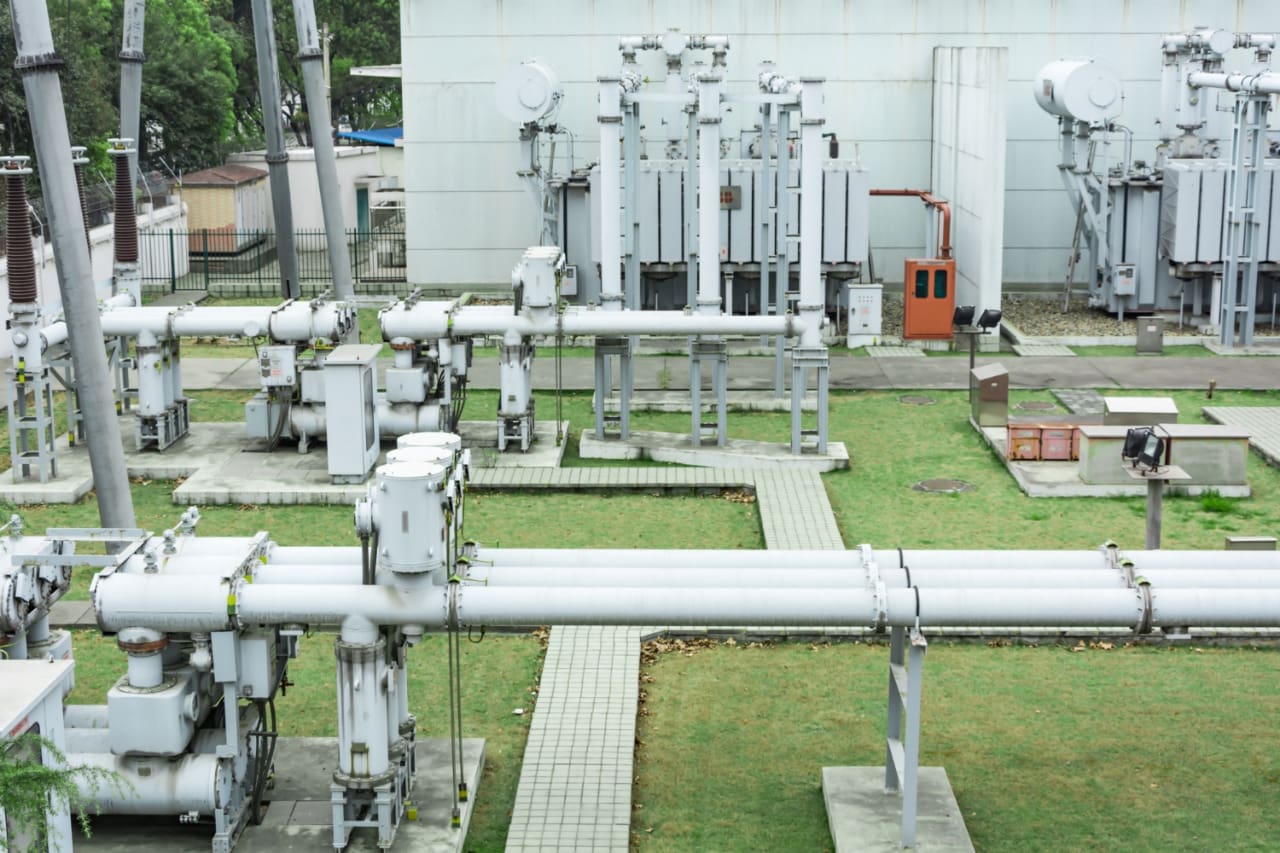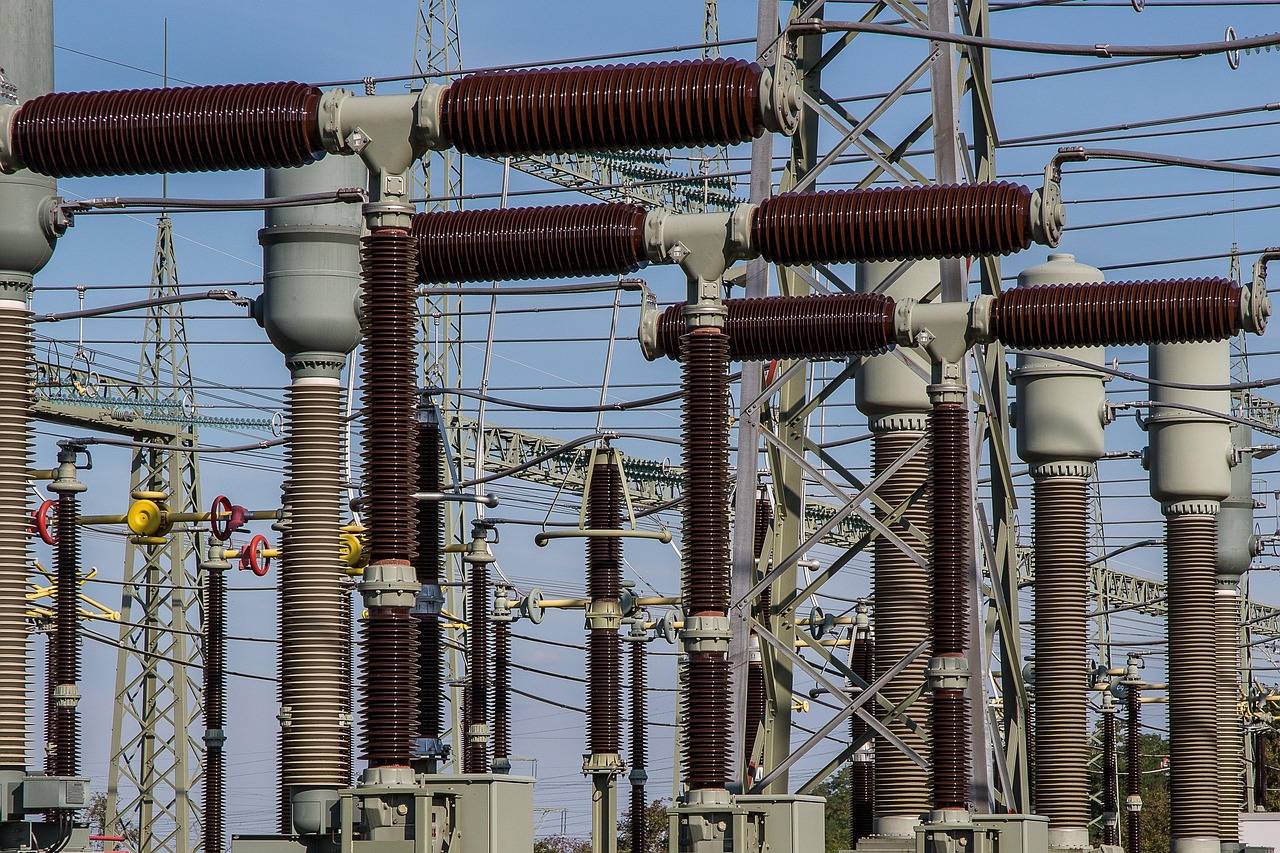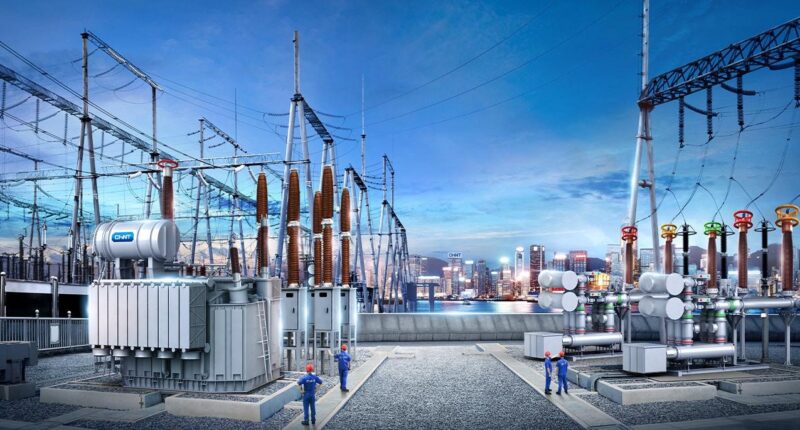AIS and GIS substation design services support the backbone of modern power networks, especially as renewables and electrification push grids to expand quickly. Good design is not only about fitting equipment on a plot of land, but about ensuring safety, reliability, maintainability, and long term performance.
Architects, EPC contractors, and plant owners need clear guidance on when to use air insulated switchgear (AIS) versus gas insulated switchgear (GIS), and how to integrate each approach into a solar or hybrid power plant.
Understanding AIS and GIS and where each fits

AIS substations use equipment insulated by ambient air, with busbars, breakers, isolators, and instrument transformers arranged in open yards. The technology is proven, straightforward to inspect, and generally cheaper per bay, but it requires more space and clearances.
GIS substations encapsulate primary equipment inside grounded metal enclosures filled with insulating gas. This cuts footprint dramatically, improves resistance to pollution and coastal salt, and lowers routine maintenance, but equipment cost is higher and specialist handling is required.
Design teams begin by assessing site constraints, environmental exposure, voltage level, fault duty, and future expansion. If you are planning a renewable project and want to compare layouts, find more on solar power plant substation design can help frame how AIS or GIS choices affect collector routing, step up transformers, and grid connection strategy.
Core design workflow and deliverables

A typical AIS or GIS design package starts with system studies, including load flow, short circuit, protection coordination, insulation coordination, and earthing analysis. These studies set the electrical basis for bay configuration, equipment ratings, and safety limits.
Next comes primary layout. For AIS, engineers develop a general arrangement with adequate electrical clearances, lightning protection zones, fire separation, and access for cranes. For GIS, they generate compact indoor or containerized layouts with ventilation, gas monitoring, and safe maintenance aisles.
Secondary design follows in parallel. This includes control and protection schemes, SCADA integration, DC systems, telecoms, metering, and interlocking logic. Cable routing, trenching, and marshalling kiosks are optimized to keep signals clean and reduce installation time.
Finally, civil and structural elements are coordinated. Foundations, steel structures, cable ducts, oil containment for transformers, drainage, and security fencing must align with the electrical arrangement. Deliverables usually include single line diagrams, equipment specifications, GA drawings, wiring diagrams, protection settings, bills of quantities, and construction notes.
Value of integrated services for solar and utility projects

For solar power plants, the substation is where medium voltage collector feeders combine, transform, and synchronize with the grid. Integrated AIS and GIS services ensure the design matches the plant operating profile, fault contribution, and reactive power requirements.
GIS often makes sense for solar sites with limited land, harsh pollution, or proximity to urban areas. AIS remains attractive for large rural sites where land is available and cost per bay matters more than footprint.
Both approaches benefit from a life cycle view. Designers consider spare bays, modular expansion, outage planning, and replacement logistics. They also focus on safety, such as step and touch potentials in the yard, arc flash boundaries in indoor GIS rooms, and clear operating procedures.
When AIS or GIS design is paired with accurate scheduling and supplier coordination, commissioning becomes smoother and grid compliance is easier to prove. The result is a substation that meets today’s connection requirements and stays flexible as the plant grows or codes evolve.
Conclusion
AIS and GIS substation design services translate system studies and site realities into safe, buildable, and future ready substations. By choosing the right technology for the location and integrating primary, secondary, and civil engineering early, project teams reduce risk and deliver reliable grid connections.

